Hamsters, with their tiny paws, inquisitive noses, and adorable cheek pouches, have captured the hearts of millions. Though their lives may seem simple, these miniature mammals are complex creatures who deserve a life filled with joy and fulfillment. But how do you ensure your furry friend is truly happy?
This comprehensive guide will delve into the heart of hamster happiness, exploring everything from creating a stimulating environment to understanding their unique needs.
>> READ MORE:
- The Adorable World of Hamsters An Overview
- Finding the Perfect Pocket Pal A Guide to the Best Hamster Breeds
- Creating the Perfect Hamster Habitat
- Unlocking the Heart of Your Tiny Companion How to Get Your Hamster to Like You
Creating a Safe and Stimulating Habitat
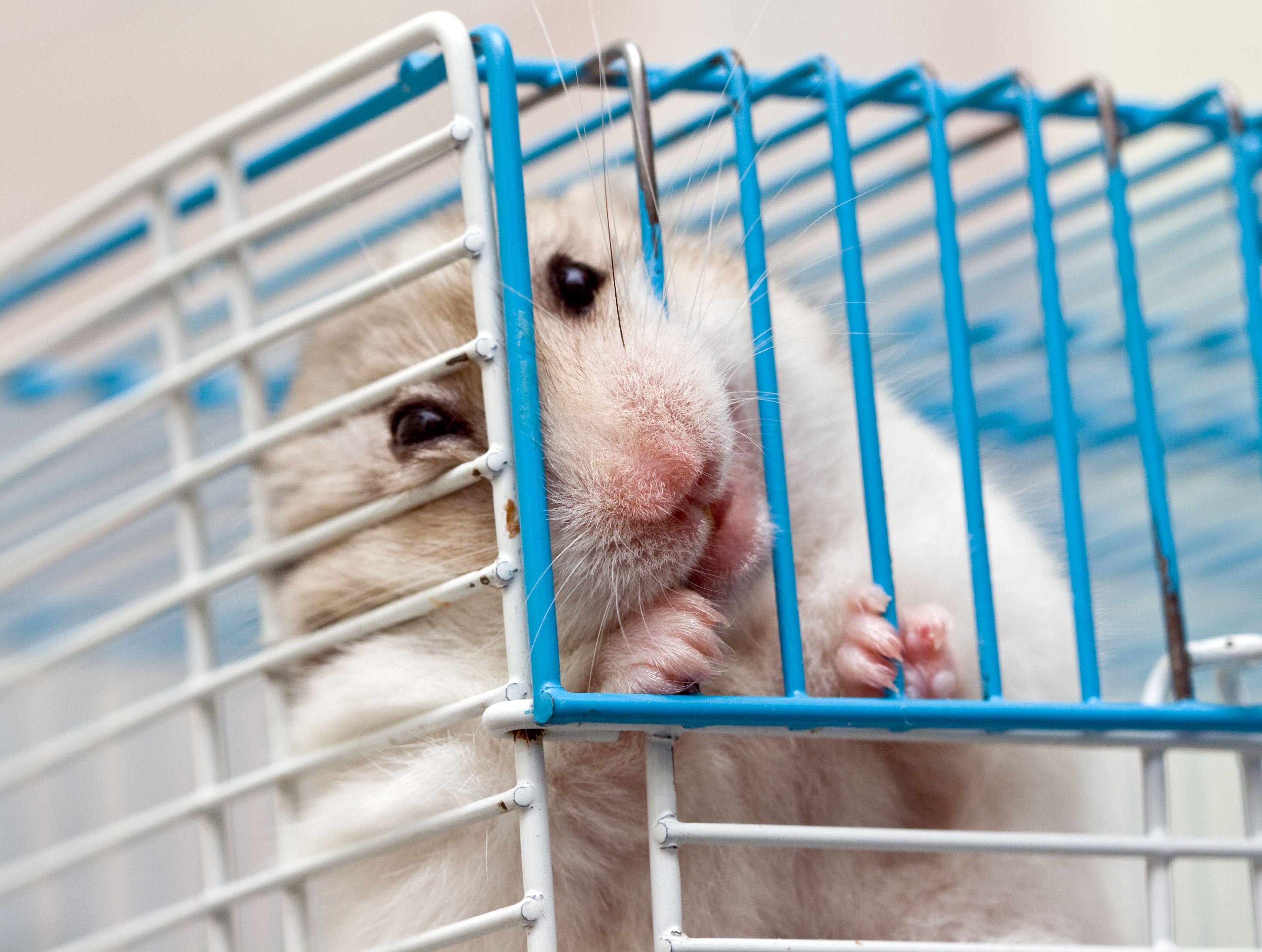
A happy hamster begins with a happy home. While a cage is essential, it’s not merely a container but a world where your hamster can explore, play, and express its natural instincts. Here are some key factors to consider when setting up your hamster’s habitat:
Size Matters: Choosing the Right Cage
The golden rule for hamster housing is bigger is always better. A cramped environment can lead to stress, boredom, and even health problems. As a general guideline, aim for a cage with at least 800 square inches of floor space – that’s roughly 53 x 15 inches. However, the more space you can provide, the happier your hamster will be. Remember, hamsters are active creatures that love to run, climb, and burrow, so the more room they have, the more they can engage in their natural behaviors.
When choosing a cage, make sure to consider the safety and security of your hamster. Wire cages with narrow spacing between bars are preferable because they allow for good ventilation and prevent your hamster from escaping. Avoid glass tanks or aquariums as they do not provide enough ventilation and can easily become too hot for your hamster. Also, avoid plastic cages or habitats with tubes, as they can cause injury and trap moisture, leading to bacterial growth.
Layering the Landscape: Creating a Multi-Level Environment
Hamsters are naturally curious and love to climb. Offering a variety of levels within their cage with platforms, tunnels, and climbing structures will encourage exploration and help them stay active. This mimics their natural habitat, where they would use branches, rocks, and burrows to navigate their surroundings.
When designing your hamster’s home, consider including different types of materials, such as wooden logs, cardboard tubes, and ropes for climbing and chewing. You can also create levels using plastic or wooden platforms, but make sure they are stable and secure to prevent any accidents. Avoid using metal mesh or ramps as they can cause injury to your hamster’s feet or get caught in their fur.
Bedding Basics: Comfort and Stimulation
Bedding is more than just a place to sleep; it’s a crucial element of a happy hamster habitat. Not only does it provide a soft and comfortable surface for your hamster to rest on, but it also serves as a playground and a means of mental stimulation.
The type of bedding you choose should be safe, absorbent, and non-toxic. Avoid using cedar or pine shavings as they contain aromatic oils that can irritate your hamster’s respiratory system. Instead, opt for paper-based bedding, such as shredded paper or recycled paper pellets. These options are dust-free and provide a soft surface for your hamster to burrow and nest in.
To add an extra layer of stimulation, consider mixing in some hay or dried herbs like chamomile, lavender, or mint into the bedding. This not only provides a pleasant scent for your hamster but also encourages foraging and digging behaviors.
Providing a Nutritious and Balanced Diet
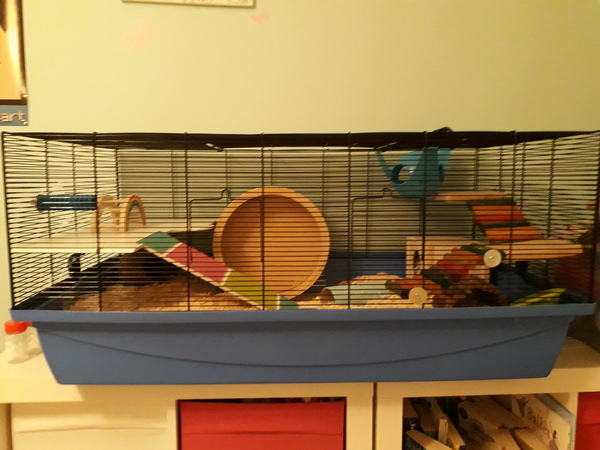
A well-balanced diet is essential for your hamster’s overall health and happiness. As omnivores, hamsters require a variety of foods to get all the necessary nutrients. Here are some key elements to consider when planning your hamster’s diet:
A Variety of Fresh Foods
Fresh fruits and vegetables should make up about 10% of your hamster’s diet. Some excellent options include apples, carrots, cucumbers, and leafy greens like spinach, kale, and dandelion leaves. Make sure to wash all produce thoroughly before feeding it to your hamster and remove any seeds or pits that can be harmful.
You can also provide small amounts of protein-rich foods like cooked chicken, boiled eggs, and mealworms occasionally. These foods should not make up more than 5-10% of your hamster’s diet.
High-Quality Commercial Hamster Food
A good quality commercial hamster food should make up the majority of your hamster’s diet. Look for a brand that contains a mix of grains, seeds, and dried fruits and vegetables. Avoid brands that contain high levels of sugar, artificial colors, or preservatives, as these can be harmful to your hamster’s health.
Follow the instructions on the packaging to determine how much food to give your hamster based on their age and size. However, keep in mind that commercial food is not enough on its own and should always be supplemented with fresh foods.
Clean and Fresh Water
Like all animals, water is essential for a hamster’s survival. Make sure to provide clean and fresh water daily, either in a water bottle or a shallow dish. Be mindful of the type of water you use – tap water can contain harmful chemicals, so it’s best to use filtered or bottled water. Also, check the water bottle or dish regularly to ensure it’s not clogged or dirty.
Enrichment Activities for Mental and Physical Wellbeing
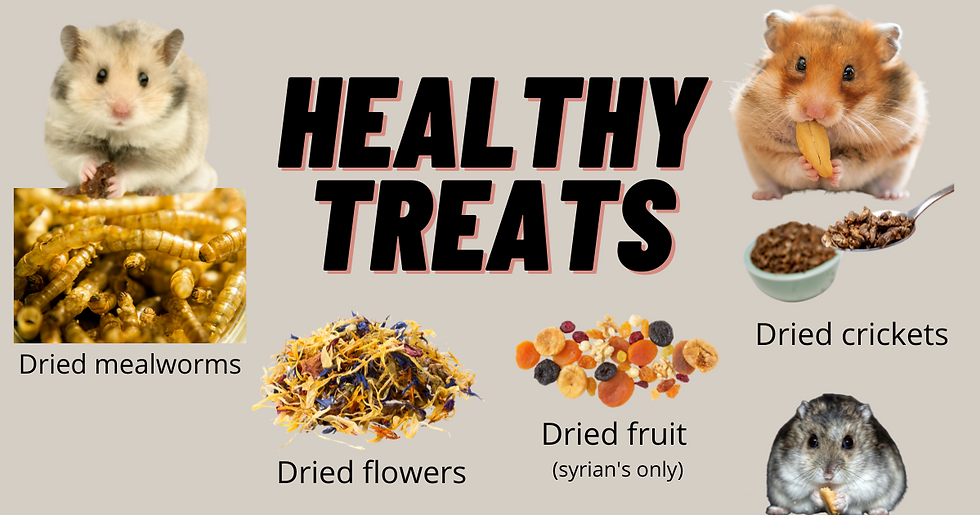
Hamsters are intelligent creatures that require mental and physical stimulation to prevent boredom and maintain good mental health. Incorporating enrichment activities into your hamster’s daily routine is essential for their overall wellbeing. Here are some ideas to keep your hamster mentally and physically active:
Chewing and Gnawing
Hamsters have open-rooted teeth that continuously grow, and they need to gnaw on hard objects to wear them down. Providing safe and appropriate items for your hamster to chew on will not only help them maintain healthy teeth but also provide mental stimulation. Wooden toys, cardboard tubes, and mineral chews are all excellent options for your hamster to satisfy their gnawing instincts.
Exercise Wheels and Balls
Exercise wheels and balls are great tools for keeping your hamster active and providing mental stimulation. A wheel allows them to run and burn off excess energy, while a ball provides a change of scenery and the opportunity to explore outside of their cage. However, make sure to supervise your hamster while using a ball, as they can get stuck or injured if not monitored.
Digging and Burrowing Opportunities
In the wild, hamsters spend a lot of their time digging and burrowing in tunnels and burrows. Mimic this natural behavior by providing your hamster with materials to dig and burrow in. Shredded paper, hay, and dried leaves are all great options that not only allow for physical activity but also provide mental stimulation.
Social Interaction and Bonding
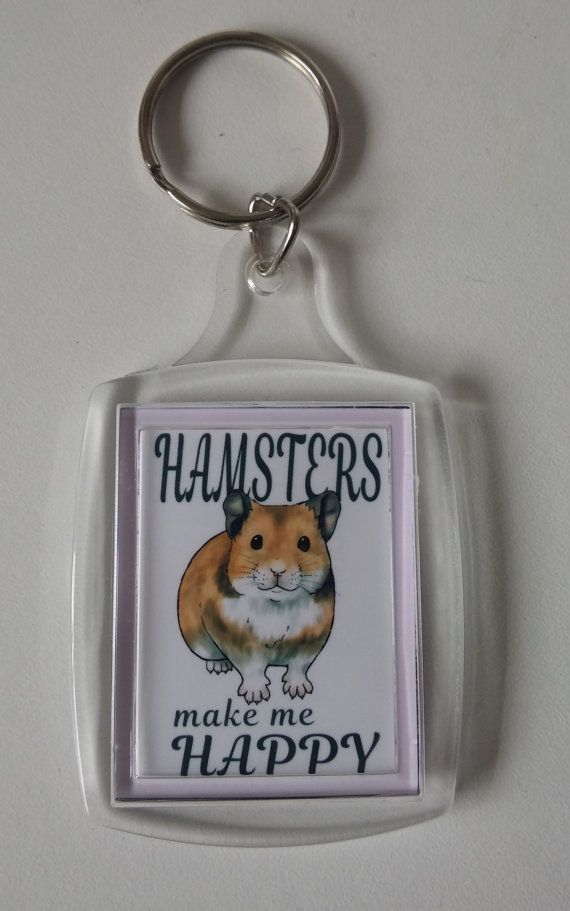
Hamsters are generally solitary animals and prefer to live alone. However, social interaction with their owners is still vital for their happiness and wellbeing. Spending time with your hamster every day can help build a bond and strengthen their trust in you. Here are some ways to interact with your hamster:
Handling and Taming
Hamsters can be tamed and trained to interact with their owners. However, this process requires patience and consistency. Start by offering treats from your hand to build trust, and then slowly introduce handling by picking up your hamster for short periods. Always make sure to be gentle and handle your hamster with care to avoid causing stress or injury.
Playtime Outside the Cage
Allowing your hamster to have some supervised playtime outside of their cage is an excellent way to provide physical and mental stimulation. Make sure the area is safe and free from any potential hazards, and never leave your hamster unattended. You can also use this time to interact and bond with your hamster through games and activities.
Understanding Hamster Behavior and Body Language
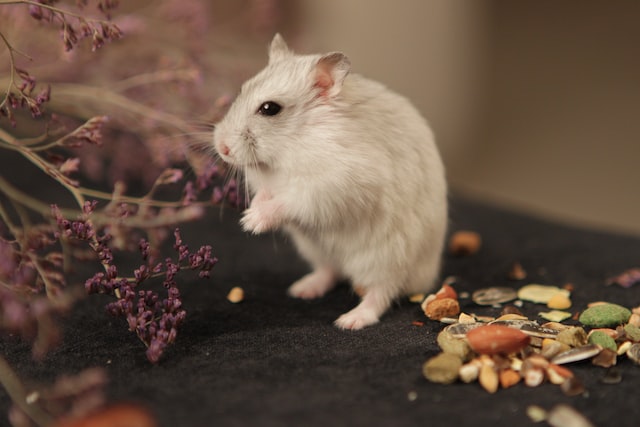
To truly understand what makes a hamster happy, it’s crucial to understand their behavior and body language. Since hamsters cannot communicate verbally, they use their bodies to convey emotions and needs.
Signs of Happiness
A happy hamster will exhibit certain behaviors that indicate contentment and joy. These include:
- Curled up position while sleeping – This means your hamster feels safe and secure in their environment.
- Grooming – When a hamster grooms themselves, it’s a sign of comfort and happiness.
- Active and alert – A happy hamster will be active, running around, and exploring their surroundings.
- Relaxed posture – When your hamster is relaxed, they will have a straight back and no signs of tension.
Signs of Stress or Discomfort
On the other hand, a stressed or unhappy hamster will display different behaviors, such as:
- Hiding or staying still – If your hamster is hiding or staying in one spot for extended periods, it could mean they are scared or uncomfortable.
- Hair loss – Anxious hamsters may over-groom, leading to hair loss or bald spots.
- Excessive chewing – If your hamster starts to chew on bars, surfaces, or their own fur, it could be a sign of stress or boredom.
- Restlessness – Agitated or unhappy hamsters may be constantly moving around or pacing in their cage.
By understanding your hamster’s behavior and body language, you can identify any potential issues and make changes to improve their happiness and wellbeing.
Ensuring Regular Veterinary Care
Just like any other pet, hamsters require regular veterinary care to keep them healthy and happy. It’s essential to find a veterinarian who is familiar with caring for small animals and has experience with hamsters. A routine check-up at least once a year is recommended, and more frequent visits may be necessary if your hamster shows any signs of illness or injury.
It’s also essential to monitor your hamster’s health at home by regularly checking their weight, eyes, ears, and teeth. Any changes in eating, sleeping, or bathroom habits should be noted and monitored closely. Early detection and treatment of any health issues can significantly impact your hamster’s happiness and quality of life.
Conclusion
In conclusion, the key to a happy hamster lies in creating a safe, stimulating, and enriching environment, providing a balanced diet, offering regular social interaction, and understanding their behavior and needs. By following this comprehensive guide, you can ensure your furry friend lives a fulfilled and content life, bringing joy and companionship to your home. Remember, a happy hamster is a healthy hamster, so always prioritize their happiness and wellbeing.

